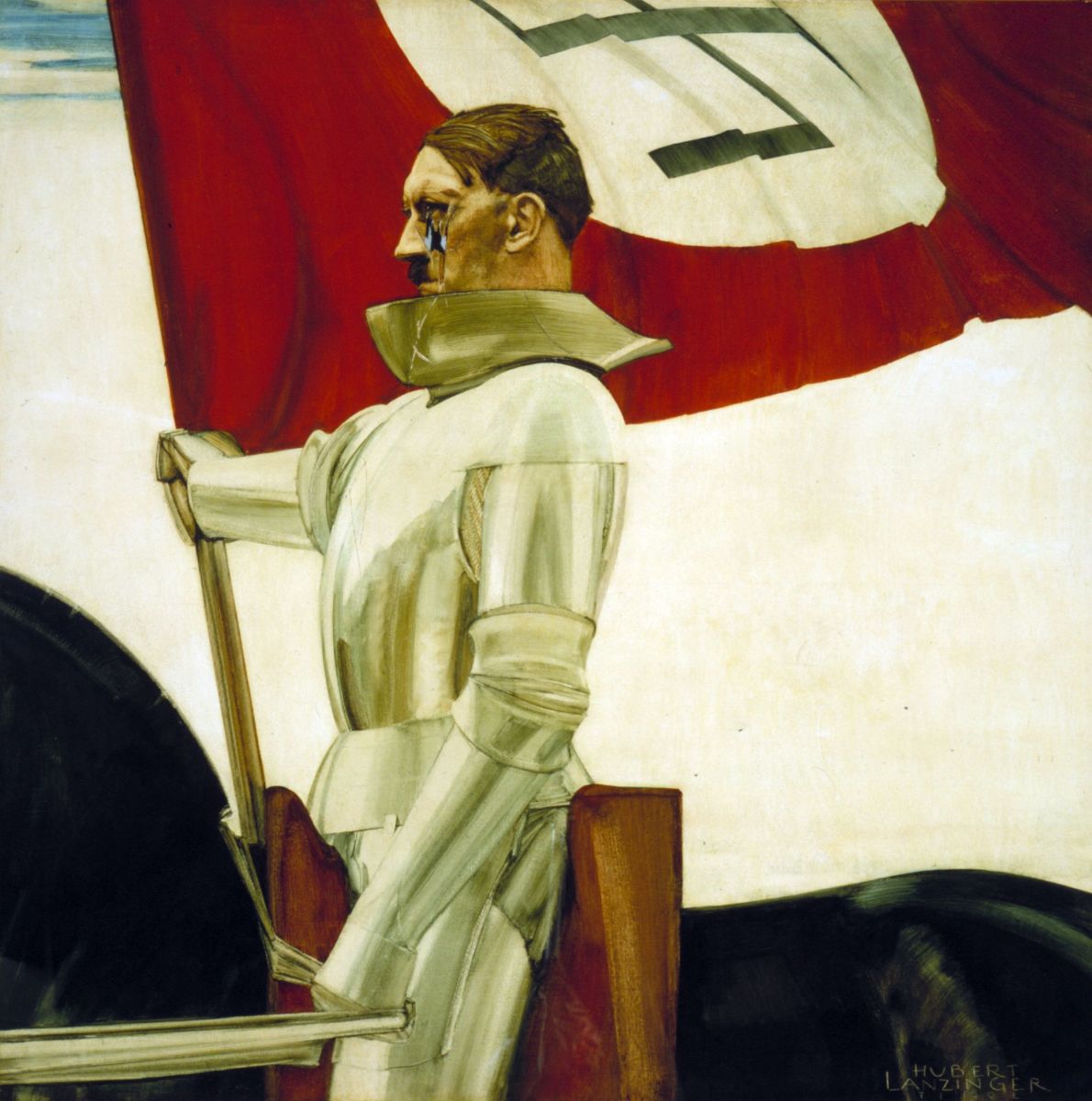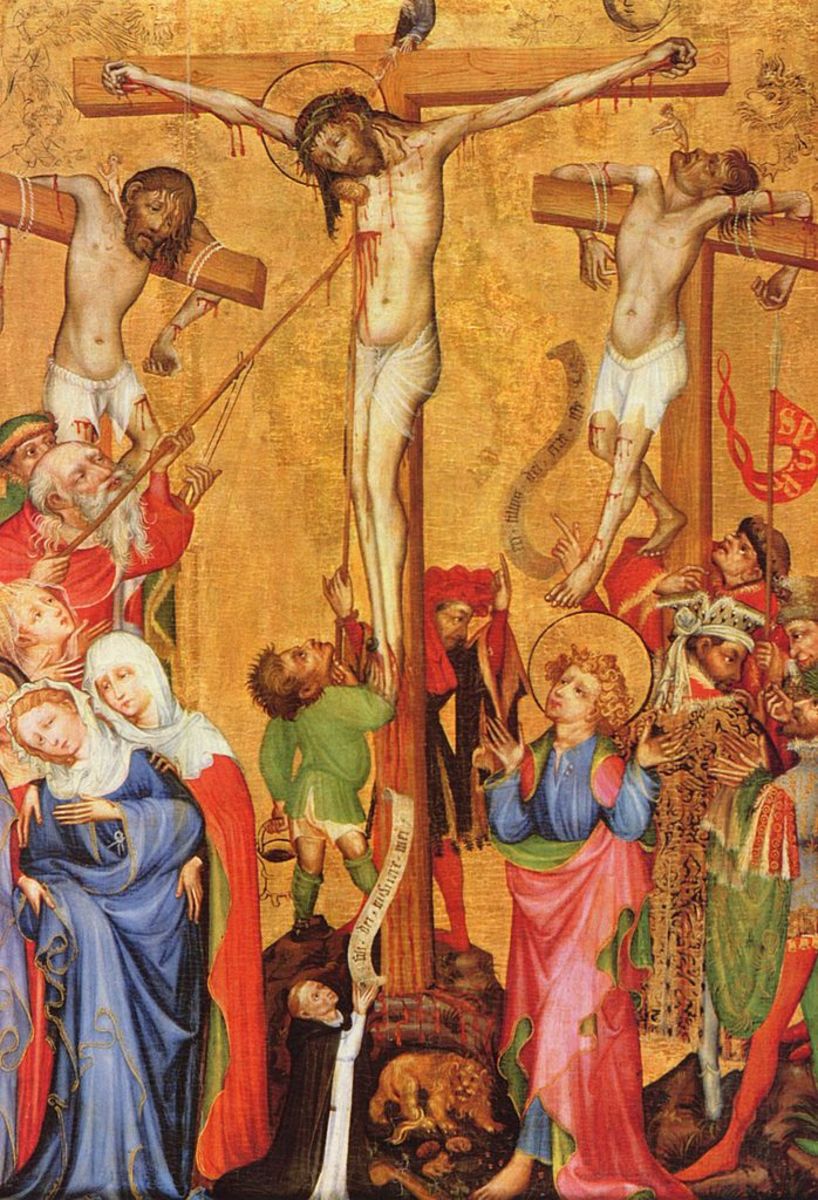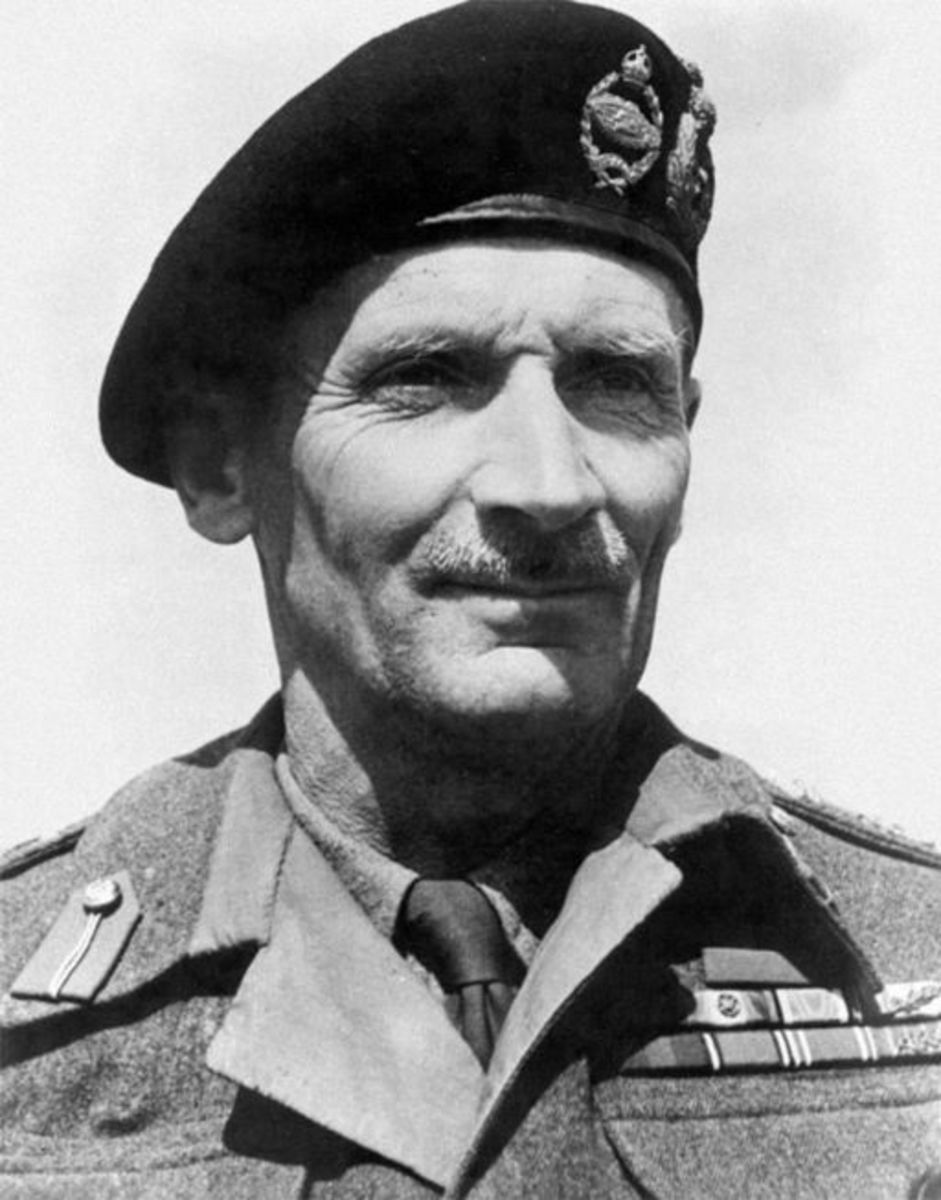- HubPages»
- Education and Science»
- History & Archaeology»
- History of the Modern Era»
- Twentieth Century History
Who was Adolf Hitler?
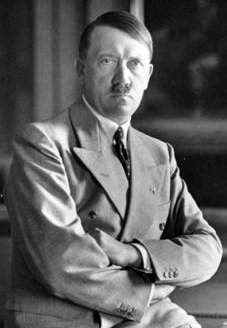
Adolf Hitler Bio
There is no other man in the entire history of mankind comparable to Adolf Hitler for the crimes against humanity. He gave birth to Nazism, and systematically annihilated 6 million Jews and 5 million non-Aryans in the Holocaust. Hitler started World War II. An estimated 50 million people were killed during World War II.
Adolf Hitler was the leader of the National Socialist German Workers Party popularly called Nazi Party. He ruled Germany as the leader and chancellor of the Reich (Führer und Reichskanzler) from 1934 to 1945. He was born in Austria, in April 20, 1889 and committed suicide in a bunker in Berlin, in April 30, 1945.
Hitler was World War I veteran. He joined the German Workers' Party in 1919, and became party leader in 1921. He was imprisoned for the attempted coup in 1923. After his release in 1924, he began to speak of Pan-Germanism, anti-Semitism, and anti-Communism. When he became the Chancellor of Germany in 1933, he transformed the Weimar Republic into the Third Reich. Third Reich, according to Nazism, is a single-party dictatorship.
Hitler re-armed Germany and attacked Poland in September 1939, which was the beginning of World War II. By 1941, he and his allies had occupied most of Europe and North Africa. However, in 1943, he began to lose war in many fronts. During the last days of war, Germany was attacked in two fronts by Russia’s Red army and Allied Forces. Hitler committed suicide with his recently married wife Eva Braun.

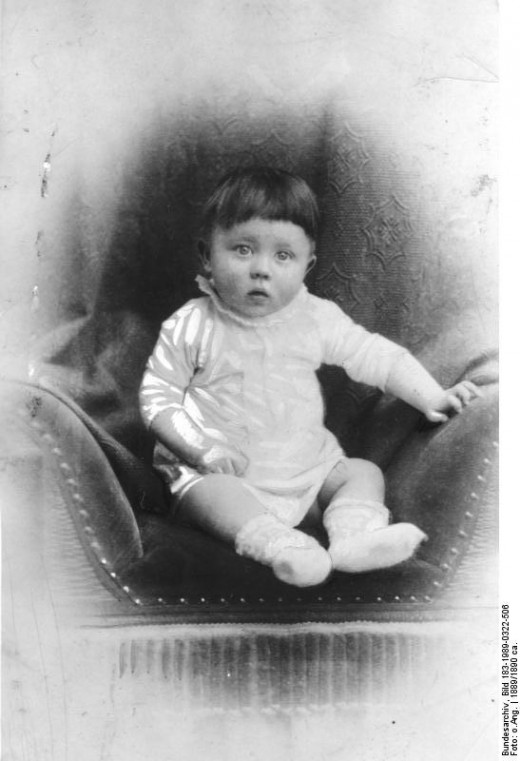
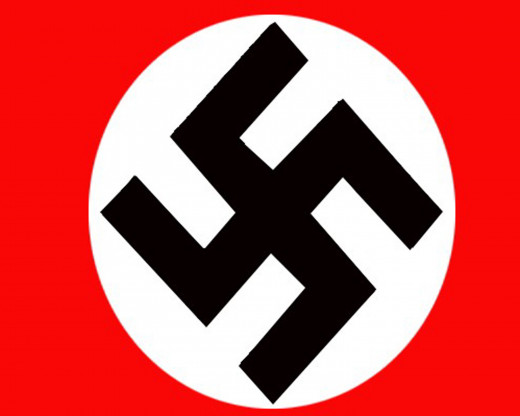
Adolf Hitler’s Childhood
Adolf Hitler was born in Ranshofen, a small village in Austria. Hitler's father, Alois Hitler was an illegitimate child, and he bore surname of his mother Maria Anna Schicklgruber. When he was 39, Alois took Hitler as his surname.
Alois Hitler and Klara Polzl had six children, and Hitler was the fourth child. Hitler’s older three siblings died in infancy thus he became the oldest child in the family. Hitler was three, when his parents moved to Passau, Germany, where he acquired Bavarian dialect. In 1895, Hitler’s father acquired a small landholding at Hafeld, and began farming bees. Hitler was sent to a nearby school. He took singing lessons, and sang in church choir.
Hitler’s brother died in 1900. Bereavement changed Hitler from confident and intelligent student, to a sad and isolated boy.
Since his childhood, Hitler was obsessed with German nationalism. He preferred to use German greeting "Heil", and sang the German anthem instead of the Austrian Imperial anthem.
Since his childhood, there was a constant conflict between Hitler and his father, and it rose high when Alois forced Hitler to make a career in the customs bureau like him. Contrarily, Hitler had other things in his mind, he wanted to study painting. Alois died in 1903, and a year later Hitler enrolled at the Realschule in Steyr. In 1905, Hitler passed the final exams and left for Vienna. He worked as a casual laborer and artist selling his watercolors. Hitler’s mother died in 1907.
Hitler was rejected from the Academy of Fine Arts Vienna in 1907 and then again in 1908. By 1910, he had no money and had to live in a house for poor working men.

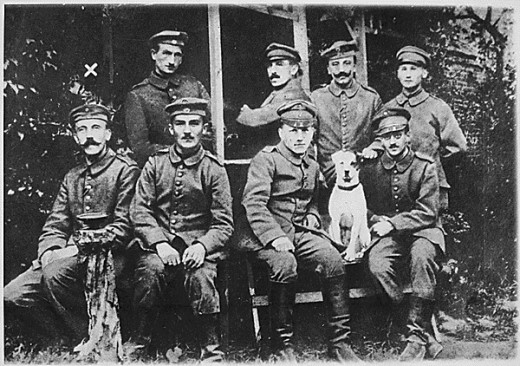
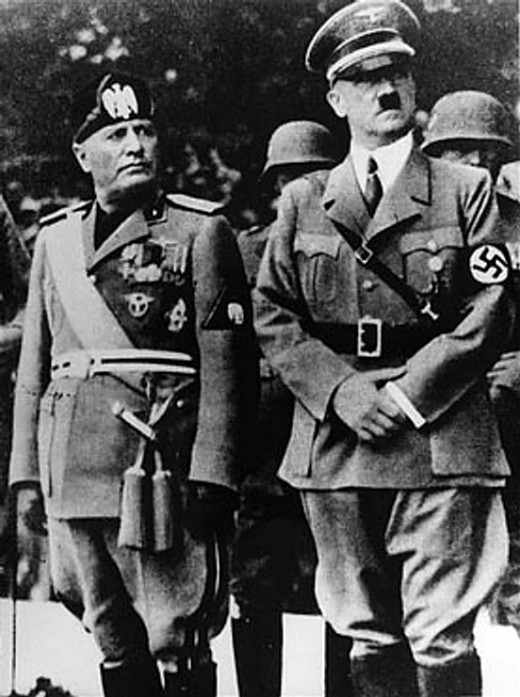
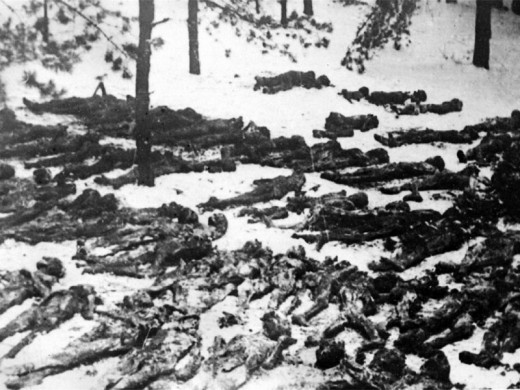
The Rise of Adolf Hitler
Hitler moved to Munich in 1913. He had found his father picture book on war when he was a child, since then he was always fascinated by warfare. World War I gave him an opportunity to explore other possibilities in his life. As a German soldier, he was rewarded the Iron Cross, Second Class, in 1914, and the Iron Cross, First Class, in 1918.
In 1919, Hitler joined German Workers' Party in Munich as an army political agent. When he became the head of party's propaganda in 1920, he left the army and devoted himself in politics. In the same year German Workers' Party was renamed the National-sozialistische Deutsche Arbeiterpartei (Nazi).
With his energetic leadership and the ability to speak fearlessly, Hitler gained prominence within the Nazi party. He believed in militant tactics. However, his attempt to seize power failed in 1923. He was imprisoned for nine months.
After he was released from prison, Hitler was forbidden to speak publicly, but he wrote for nationalist newspapers. By 1926, Hitler had strengthened his position in the party. In 1929 Germany was in Great Depression because of war reparations, which provided a fertile ground for Nazi Party and Hitler’s radical ideas. Hitler made an alliance with Alfred Hugenberg in 1930. Hugenberg’s newspaper helped Hitler to reach every segment of the German society. He was able to draw support from businessman who wanted to use their money to establish a strong right-wing government. With his arguments that Germany will rise from the ashes, Hitler attracted the lower middleclass and the unemployed.
In 1928 national election, Nazi party had secured only 2.6 percent of the votes, however, in 1930 it rose to more than 18 percent, becoming the second largest party in Germany. In 1932, Hitler garnered 36.8 percent of the votes in presidential election. He became the Chancellor of Germany on January 30, 1933, Hitler.
The Reichstag fire, on February 27, 1933 gave Hitler an excuse to proclaim emergency rule. He was able to get consent for elections from President Hindenburg. Nazi Party secured 43.9 percent of the votes in the elections held on March 5. On March 23, 1933, a bill was passed which gave absolute powers to Hitler. When President Hindenburg died on August 2, 1934, presidency was merged with chancellorship. Hitler became the supreme leader and chancellor of Germany (Führer und Reichskanzler)

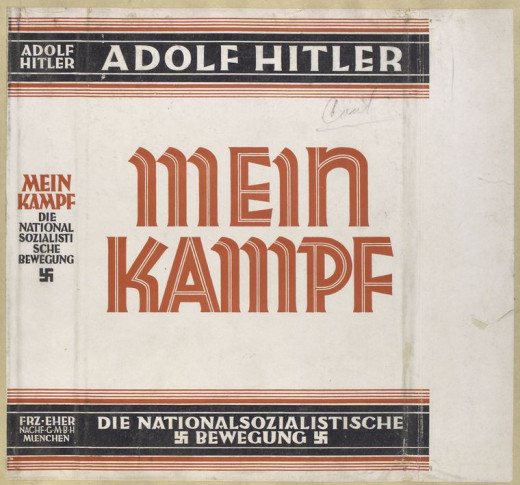
Adolf Hitler Facts
Hitler believed in superiority of German people, which according to him belonged to Aryan race. He had even tried to “breed” blue-eyed golden haired people in his “labs”
Adolf Hitler was an artist and an excellent orator.
Hitler believed only strong people have rights to survive and the week must perish.
He was a vegetarian.
Adolf Hitler was Time Magazine’s Person of the Year in 1939.
Books by Adolf Hitler
Mein Kampf
In 1923, Adolf Hitler was imprisoned for his failed attempt of a coup. He dictated Mein Kampf while in prison. The first volume of Mein Kampf was published in 1925 and second volume appeared in 1926.
The first part of Mein Kampf is a brief account of Hitler’s early life and the beginning of his political career. In the second part, Hitler elaborates his beliefs on political system, nationalism, the state, and the citizen. He writes about his hatred of Communism, Judaism, federalism, and trade organizations. Hitler also explains the origins of his anti-Semitism and militarism. Hitler writes Germany must first re-arm, and form alliances with Fascist Italy and the British Empire, then must go to war against France and eastern European countries.
When Mein Kampf was published, it became a best seller. Before Hitler became chancellor, he had already made 1.2 million Reichsmarks from the royalties. By the end of war, 10 million copies of Mein Kampf were sold or distributed.
Mein Kampf is sold openly in India, Sweden, Turkey, Canada, France, United States, United Kingdom, Austria, Nepal and Poland. One hundred thousand copies of Mein Kampf were sold in Turkey in just two months, in 2005. In the United States, 15,000 copies of Mein Kampf are sold every year.
Selling Mein Kampf in China, Argentina, the Netherlands and Russia is illegal.
Mein Kampf is also available on public domains.
Zweites Buch: Sequel of Mein Kampf
Hitler had also written another book, which he never made public. The manuscript known as Zweites Buch (Second Book) was discovered in 1945. It was published in Germany in 1961, and the English edition appeared in 1962, in New York. The 2003 edition of Zweites Buch is titled Hitler's Second Book: The Unpublished Sequel to Mein Kampf.
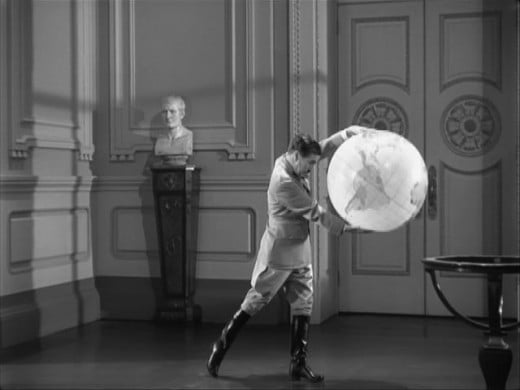
Adolf Hitler in Movies
The Great Dictator (1940)
Charlie Chaplin was one of the few public figures to castigate Hitler. In The Great Dictator, Charlie Chaplin caricatures Hitler and his policies. The Great Dictator was Charlie Chaplin’s first talking film. In his iconic double roles, Chaplin plays a Jewish Barber and a dictator. In the climax of the film, the barber is mistaken as the dictator. Adenoid Hynkel, the indirect portrayal of Hitler, is not only a brutal dictator but also a comic character. Hitler had banned this film in Germany, however, it is said he watched it privately.
Downfall (2004)
Downfall is a German film which depicts the last 10 days of Hitler’s life: lost war, marriage with Eva Braun and suicide. It was directed by Oliver Hirschbiegel and nominated for Best Foreign Language Film in Academy Awards, and won BBC Four World Cinema competition in 2005. According to the critics, Bruno Ganz as Adolf Hitler is the best portrayal of Adolf Hitler on screen. Some people have criticized the film for portrayal of Hitler as a man and raised a debate such as “are we allowed to show the monster as a human being?"
Hitler: The Rise of Evil (2003)
Hitler: The Rise of Evil is a 179 minutes film directed by Christian Duguay and portrays Hitler’s complete life. The film gives comprehensive account of Hitler’s poor childhood in Austria, a soldier in First World War, a Nazi leader, his complicated affair with Eva Braun, his perception of German people, and failed attempts of assassinations.




